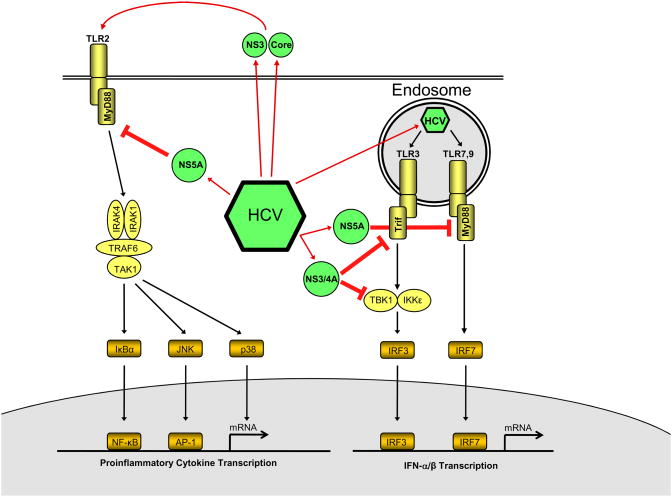Figure 5. Positive and negative regulation of TLR signaling by HCV.
Double-stranded RNA from HCV binds to TLR3 within the endosome. However, efficient TLR3 signaling is prevented by 2 mechanisms: (i) Degradation of Trif by HCV NS3/4A and (ii) by NS3 by binding to TBK1 and blocking the association between TBK1 and IRF3. Moreover, HCV NS5A also blocks TLR9-induced levels at the level of MyD88. The interference of HCV with these anti-viral pathways HCV prevents eradication of HCV by the immune system. At the same time, some HCV proteins promote inflammatory signals through TLR2 and TLR4. These may be dampened by inhibition of MyD88 signaling by HCV NS3 but are likely to contribute to chronic inflammation and potentially the progression to fibrosis and cirrhosis. (Figure based on [8]).

